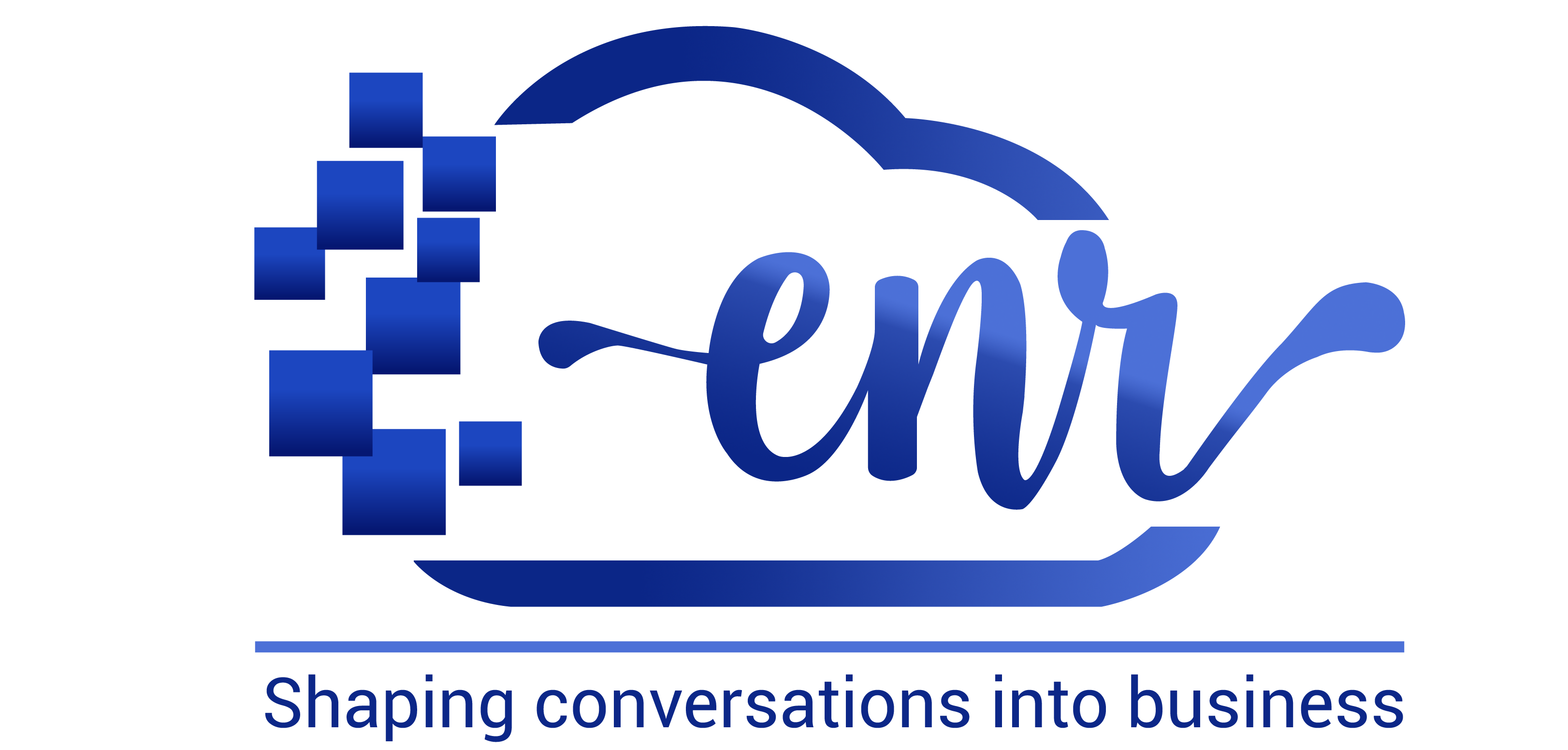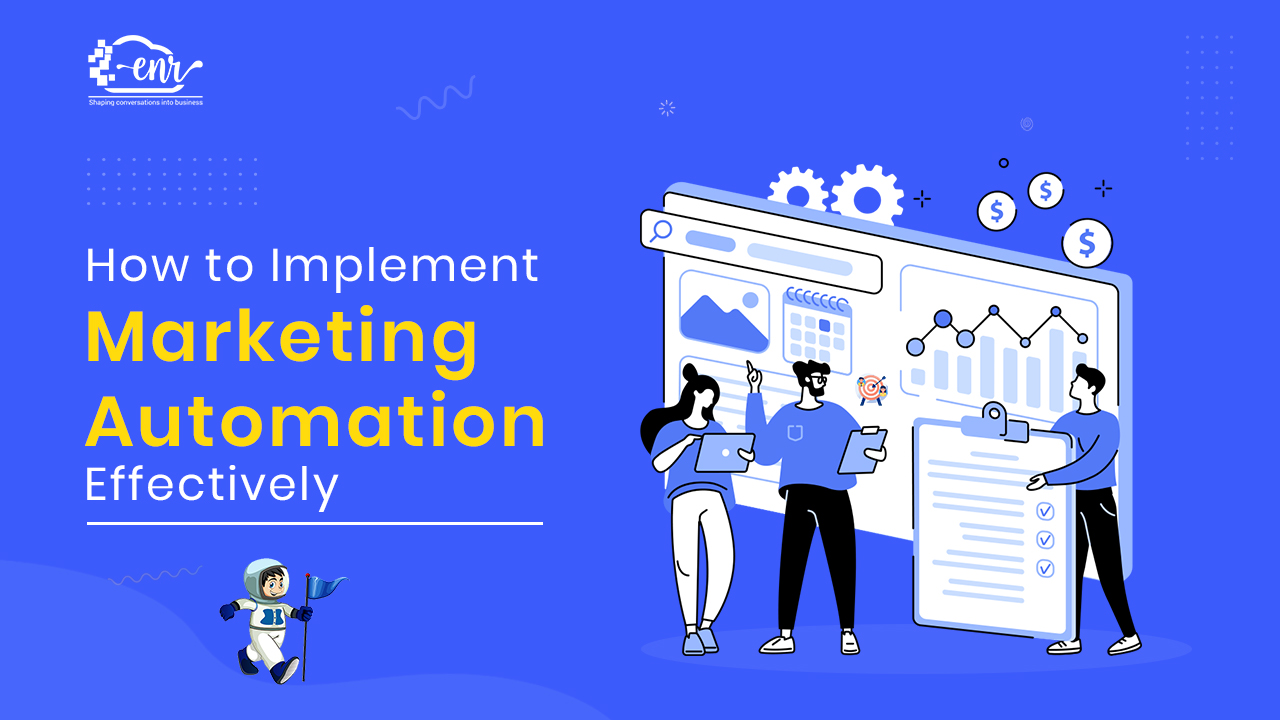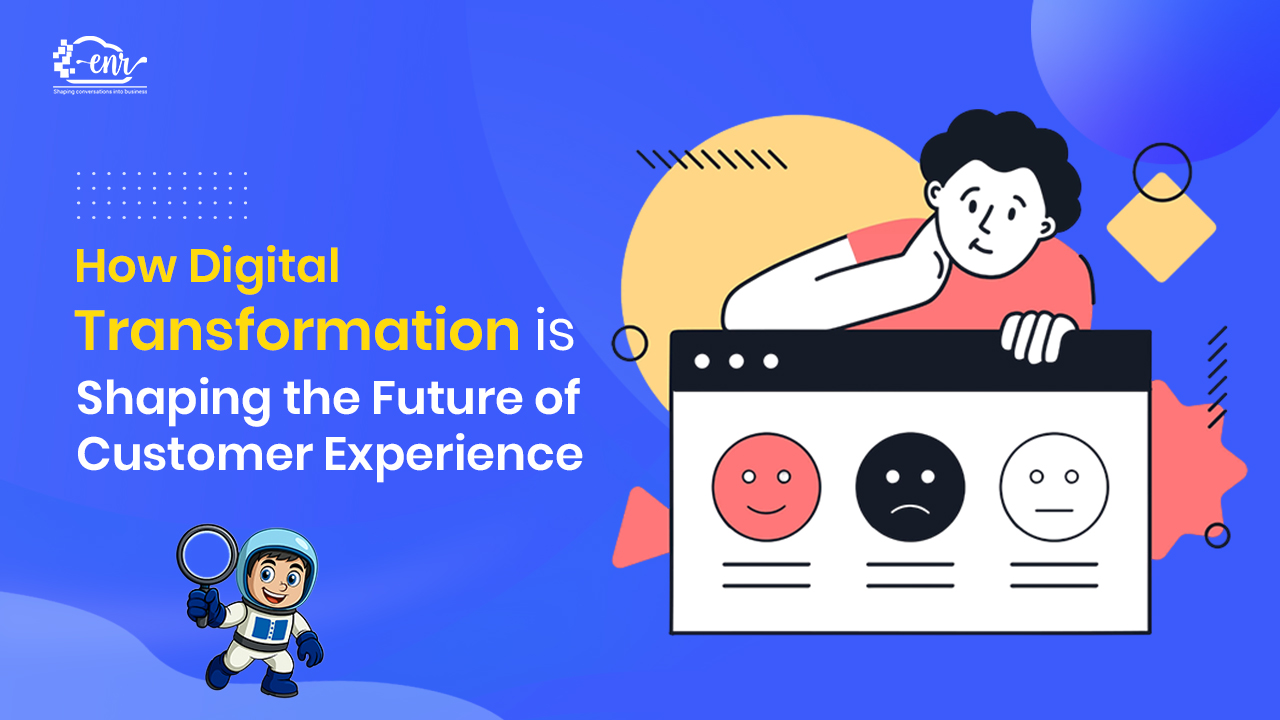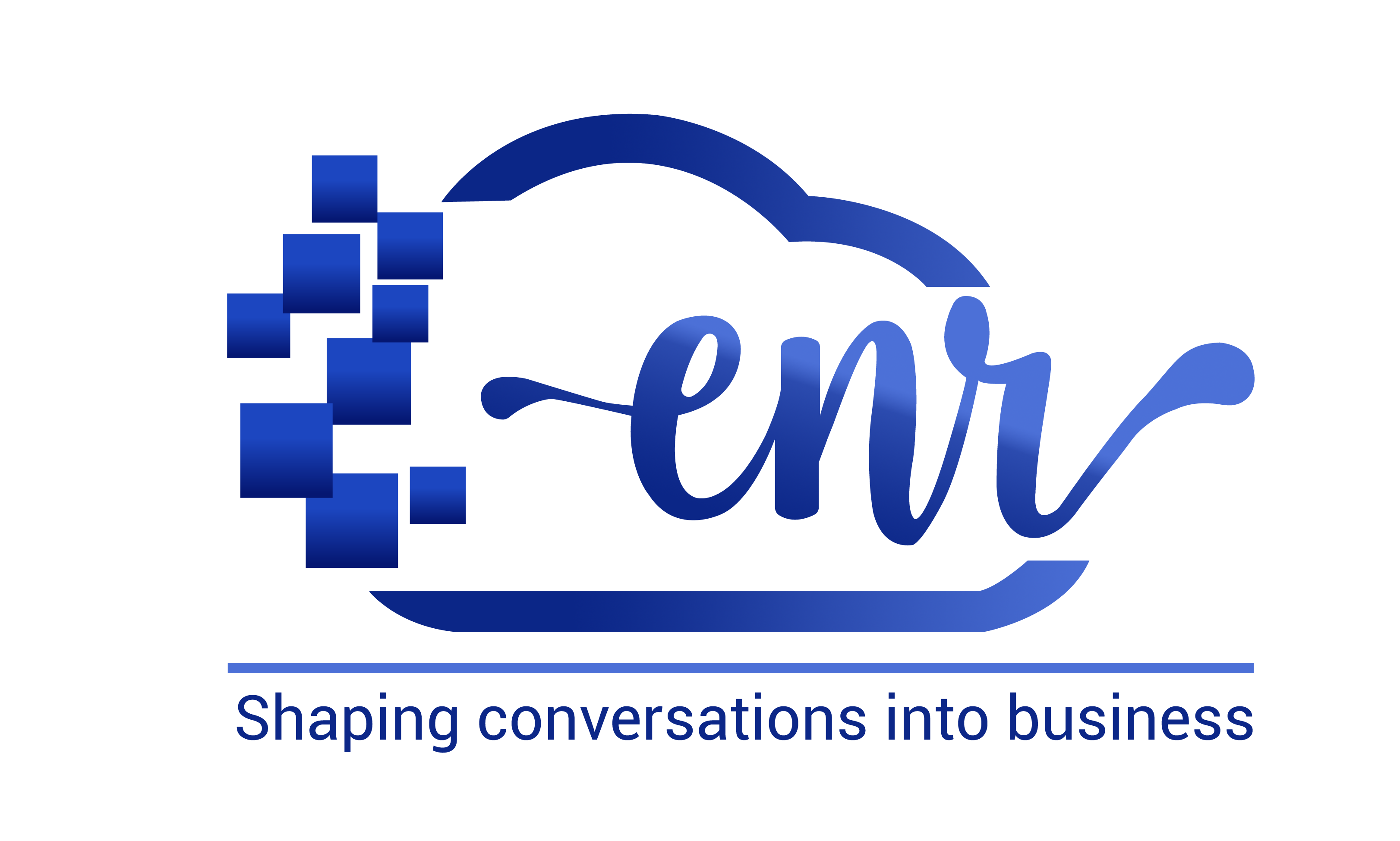Do you ever feel like managing all your marketing efforts is a never-ending game of whack-a-mole? One minute you’re crafting an email campaign, the next you’re responding to leads, and before you know you are struggling to segment your audience. Sounds exhausting right? Marketing automation is here to save your day.
Marketing Automation is not just a fancy way of handling things- it’s your backstage crew taking care of every little stuff so that you can focus on the bigger picture: building genuine relationships with your audience and achieving business growth.
But here’s the thing: don’t take marketing automation lightly, it is not as simple as flicking a switch. It’s not just about setting up a few automated email sequences and hoping it will reach to your targeted audience and leads will start flooding your way.
If you really want to get the most out of your marketing automation, you need a solid game plan, the right tools and a mindset that’s all about experimenting and experiencing as you go. So how do you make that happen? Let’s explore this and break it down step by step.
Table of Contents
ToggleWhat is Marketing Automation?
Before discussing the process of implementing marketing automation, in the right way, let’s first understand the meaning of marketing automation. In simple terms, marketing automation refers to the technology that manages marketing processes and campaigns across multiple channels automatically.
Imagine scheduling email campaigns, making content recommendations to users based on past behavior and showing the audience, what they want to see- all running in the background while you sip your coffee!
It’s not just for large enterprises. Small and mid-sized businesses are jumping on the marketing automation bandwagon too. Lead nurturing, customer segmentation, and behavior tracking – you name it, the uses are limitless. What matters is how you exploit its capabilities to achieve a seamless and uniform touch to your audience.
Marketing automation refers to the process of automating your marketing tasks and campaigns across various channels using tools.
Why Should You Implement Marketing Automation?

So why exactly should you care about marketing automation? Quite simply, consider it as having a marketing team working 24×7 for you without the need to pay. To implement marketing automation features appropriately can lead to:
- Improved productivity
It takes away the boring task, such as sending follow-up, emails or scheduling marketing campaigns allowing you the time to focus on creative and analytic work.
- Better lead management
With the help of marketing, you can track your users/leads across various channels and allow them to score based on their behavior and aim to push them down the funnel using personalized messages.
- Better ROI
According to the studies, companies that are implementing marketing automation in their marketing strategies can see a 10 to 20% increase in their sales activity and a decrease of 15 to 25% in the overall cost of marketing overheads.
But this is just not about saving time and money. It’s about delivering the right message to the right person at the right time – and doing it consistently. Now that we understand the importance of marketing automation, let’s focus on how you can implement marketing automation to drive maximum results.
Steps to Implement Marketing Automation Effectively
1. Set clear goals and objectives
First thing first: what do you want to achieve with marketing automation? Are you looking to nurture leads increase customer attention, attract new customers, and boost sales? Having clear goals will guide your entire strategy.
For example, if your marketing goal is to increase customer attention. You might want to focus on creating automated workflows where you can serve the customer after they make the first purchase by introducing a loyalty program, giving them.
The product recommendations are taken care of after they have made the first purchase. Make sure your goals of automation fit the wider picture of your business so that you will not be going off strategy.
2. Choose wisely and rightly
Not all marketing tools are created the same. Some tools are great for marketing while other tools specialise in WhatsApp marketing, some tools are very good for your overall marketing automation flow others are known for their easy integration. You have to be crafty enough to choose a tool that fits your needs and budget.
Platforms like web message, Bird, Mail Cloud HubSpot offer a wide range of features that cater to the need different needs of businesses. When you are selecting a tool, remember to consider factors like ease of use, scalability and the capabilities of integration. Choosing the right marketing tool is important because it is a long-term decision and is key to implementing marketing automation successfully.
3. Segment your audience
One size fits all messaging? Forget about it! Segmentation is the backbone of effective marketing automation. By dividing your audience into small groups and targeting groups based on demographic behavior and purchase history, you can create personalized campaigns that actually matter to your users.
For example, you can choose to segment your audience based on the level of engagement that is sending out emails to inactive users to re-engage them and provide offers to the most engaged users.
4. Create Relevant and Personalized content
Automated doesn’t have to mean impersonal. It is possible to automate your marketing task and still communicate uniquely to each target market. This could be in the form of using personalized email subject lines, product recommendations, or even a dynamic website. The key is to use your customer data wisely to create experiences that feel authentic and relevant.
5. Customer Journeys Mapping
What does your ideal customer journey look like? Customer journey mapping will help you understand how leads move through the funnel and where automation can help you in those stages. Try to create workflows that can address different stages of the customer journey – from awareness to consideration- to purchase. For example, if users download the case study, automated sequences can be sent with a follow-up campaign showcasing more similar case studies or product demos that nudge them towards a purchase.
Well, the customer journey can help. It will help you understand how leads
6. Use data and analytics
Don’t just sell it and forget it. Use analytics to track the performance of your marketing automation campaigns. Monitor KPIs like open rate, CTR, and conversion rate to measure the effectiveness of your campaign. Analytics of marketing automation platforms like Path, RFM, Funnel and Cohorts are combined with platforms like Google Analytics offers you insights that can help you tweak and improve your campaigns for better results.
7. Don’t Rest on Your Laurels, Test, Improve and Grow Your Marketing Automation Solution.
Only a naive would assume that the job is done just by implementing marketing automation effectively, But the job has just started, you should continuously test and optimize the campaign. Run A/B testing on the subject line and channels to identify the best channel that resonates with your target audience. Building a winning campaign is one thing; taking the same winning formula to other levels of your marketing strategy is a completely different achievement altogether.
Common Mistakes to Avoid
- No clear strategy: If you are stepping into the marketing automation world it is better to have a clear strategy because with a solid strategy, it is like sailing without a map. It is important to define a clear goal and plan your workflow before you start your marketing automation campaign.
- Selecting the Wrong Tool: Not all tools are suitable for every business, It’s important to choose the right one that fits your business objective, goals and budget.
- Ignoring the Issue of Data Privacy: Customer needs to be made aware of how their data is being used. Always remember to ensure compliance with data protection regulations.
To Wrap up
There is no doubt that an effective marketing automation implementation can contribute to the growth of your business and increase its effectiveness. However, this will not happen overnight It takes clear strategies, choosing the right tool, segmenting your audience and creating personalized and constant trial and error.
Remember, the goal is not just automating marketing tasks, the real success is in creating meaningful connections that drive growth. If you have implemented marketing automation yet now is the good time to start and see the difference it makes!
Need Guidance? Feel free to reach out to us
Read Also: Exploring the Advantages of a Customer Data Platform
Written By – Alisha Limichana
Alisha Limichana is a seasoned growth marketer and part of the MCG team at EnR Cloud, specializing in driving business growth through innovative strategies. She has a proven track record of delivering impactful marketing campaigns. Outside of work, Alisha enjoys exploring the mountains, travelling, and staying active and fit.





